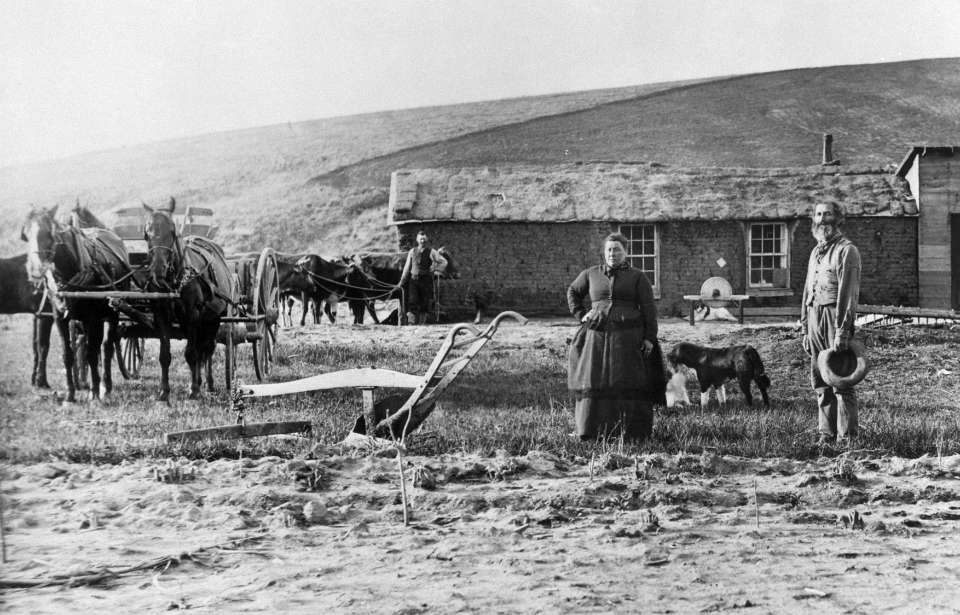Many of the skills our ancestors relied on for survival have largely been forgotten by today’s generations. Things that we may take for granted today, like warmth, food, and transportation, were things that required a plethora of knowledge to live day-to-day. Here is a list of skills that you never really hear people using anymore despite being important skills in life. Keep reading to learn more!
Starting a fire
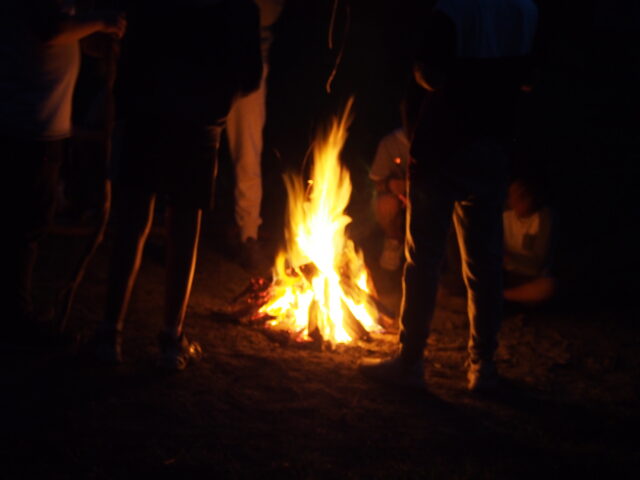
In the past, the use of fires for warming homes and cooking food was not merely a matter of necessity but an integral part of daily life. Starting a fire was a basic survival skill that practically everyone knew, even without the use of matches or lighters. However, these days, it is a skill few know for themselves.
This is because we have transitioned away from dependence on open fires for domestic heating and cooking. Modern appliances powered by electricity or gas have streamlined these processes, providing convenience and safety while allowing us to no longer rely on fires for survival.
Tanning hides
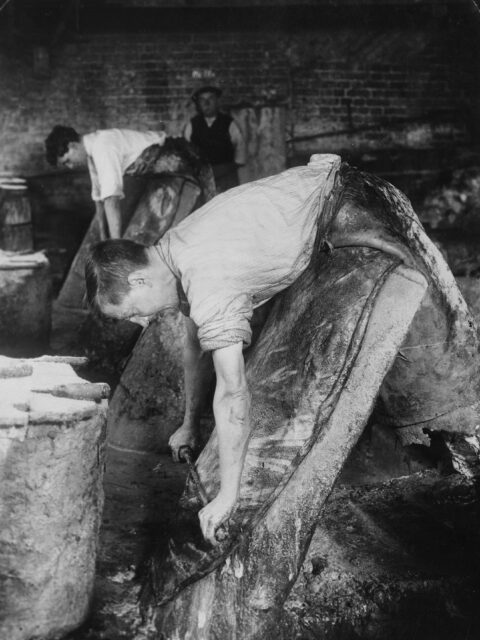
Tanning hides is not something you hear much about anymore. Unless you find enjoyment in hunting, you probably don’t know how to tan a hide, nor would you have much of a reason to. Tanning a hide is not too difficult of a task, but only those truly skilled in the art can scrap all of the fat off of the hide without tearing it.
In days gone by, people used to use hides for clothing, blankets, floor coverings, and even for shelter. However, these days, not knowing how to tan hides is as much a lost practice as it is a choice to avoid byproducts. Many people disagree with killing animals for sport, and considering that we no longer need their hides to provide us with clothing and shelter, tanning hides may no longer seem necessary.
Knitting
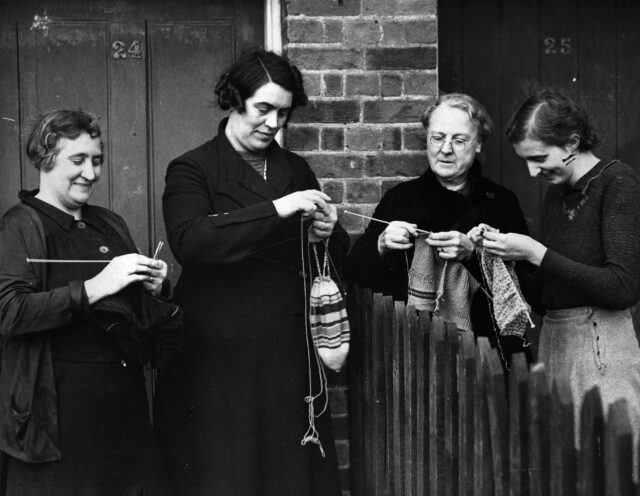
In the 21st century, knitting has largely been a practice taken up by the elderly. While yarn-based hobbies may be rising in popularity among the younger demographics, there are still a lot of people who have no idea what to do with a knitting needle. However, in the past, it was a very important skill that was practiced by virtually all women.
Nowadays, we can go to a clothing store for the latest trends in fashion, but back in the day, fashion was the least of one’s worries. Women knit their own clothes and clothes for family members, which were integral for keeping them warm. They could knit things like socks, hats, sweaters, and more.
Candle-making
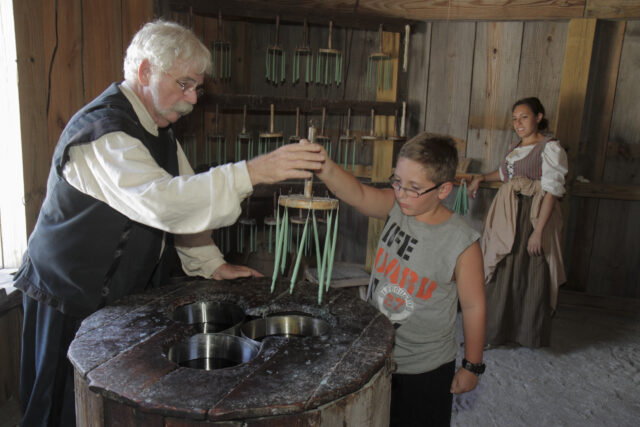
Before the widespread use of electricity to light up our homes, people had to rely on candles to illuminate their way in the dark. These weren’t the kind of candles that were scented or used to create ambiance in a room – they were simple candles used specifically to light up rooms at night.
The process of candle-making from beeswax and animal fats is a skill that was passed down through generations but has, for the most part, been forgotten. These days, candle-making is most commonly practiced by businesses that experiment with a variety of scents and shapes to make their products more appealing to the modern demographic. Thanks to electricity, candles have become home decor rather than a necessity.
Horseback riding
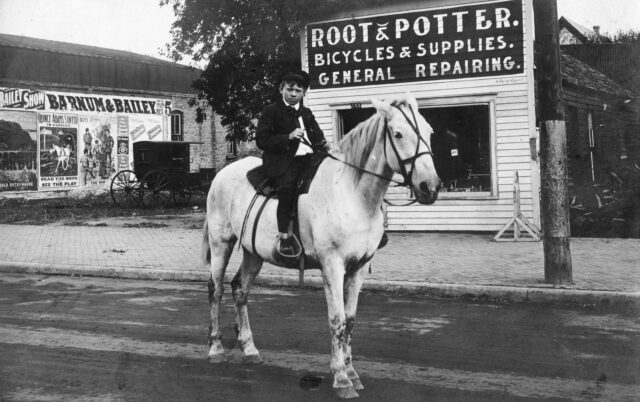
There are many modes of transportation these days, including cars, buses, subways, and trains – some people have more than one car, and some people even collect cars! However, back in the day, people relied on horses to get them to and from places. In fact, like learning to drive, most people knew how to ride a horse efficiently.
Horses are not like cars, though. You can’t “park” your horse and forget about it for days. They need to be properly cared for so that they stay strong and live long. With the advent of cars, people no longer relied on horses, and horseback riding became a more leisurely skill.
Food preservation
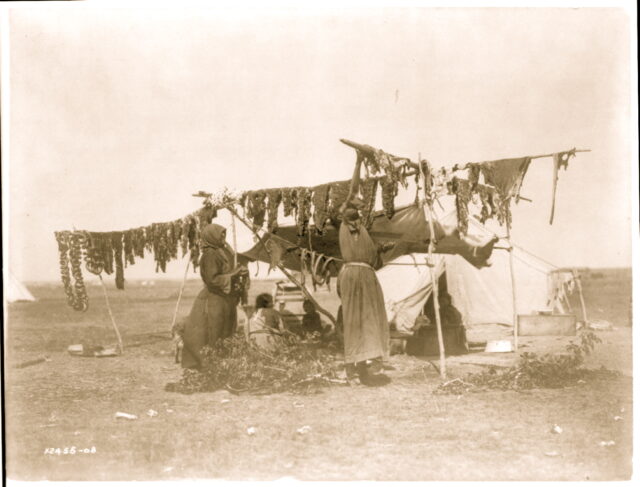
In times past, food preservation techniques such as smoking, salting, and drying played a crucial role in extending the shelf life of perishable goods. These methods were vital for ensuring a stable food supply, particularly in seasons when fresh produce was scarce. Smoking not only preserved meats but also imparted distinct flavors, while salting and drying prevented the growth of bacteria, slowing down the spoilage process. However, these days, most people don’t even know where to start in preserving food.
With the advent of modern refrigeration, the reliance on traditional preservation methods has nearly disappeared. Refrigerators and freezers provide a convenient and efficient means of preserving food and allow for longer storage of food without compromising taste or quality.
Knife-making
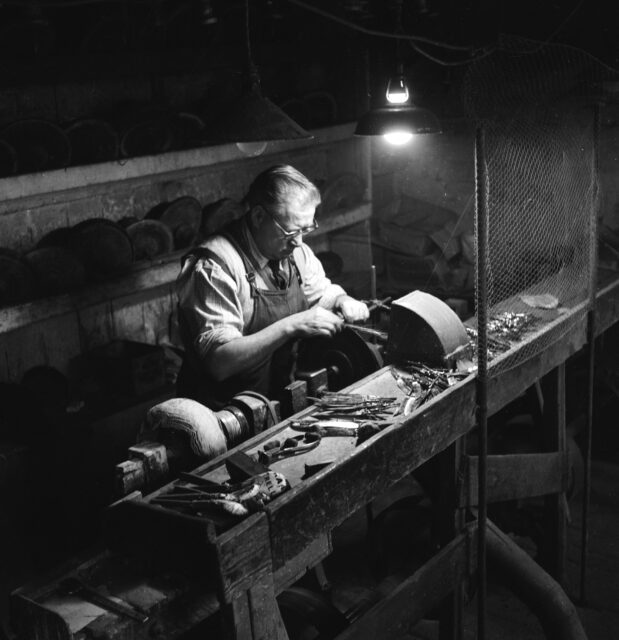
We all know that knives are essential tools for survival. A good knife can be used for cutting, hunting, food preparation, and even self-defense. People of the past used to make their own knives from bronze, iron, copper, or brass and used them repeatedly in their daily lives.
Read more: Last-Minute Decisions That Changed History Forever
Nowadays, you can just go buy a knife from any department store. They are readily available and mass-produced, and one can find multiple knives in the average kitchen. Unless you have a passion for blacksmithing, there are not many people who are crafting their own knives from scratch.
